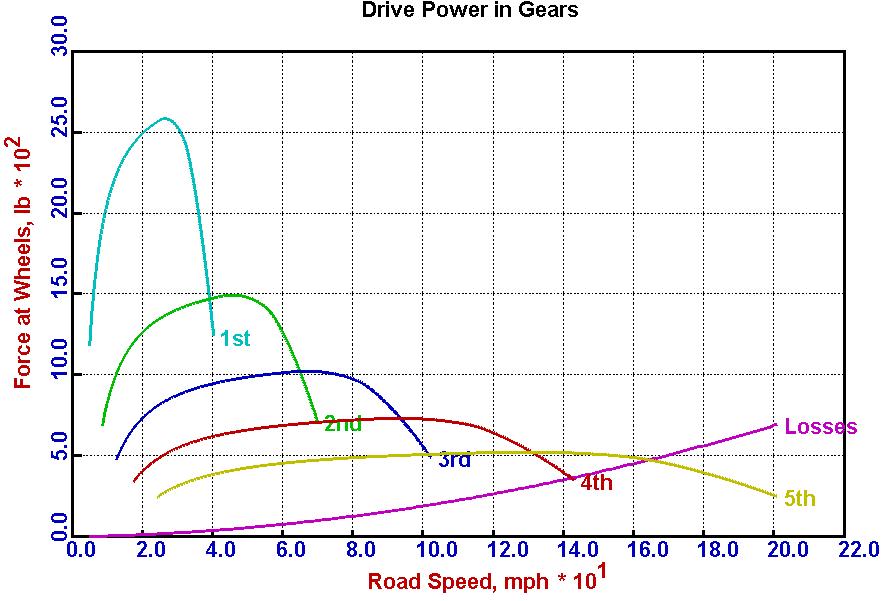diymirage
HP@idle > hondaHP@redline
hey guys
ive noticed when I run my car in "drive" the latest it will shift is about 4000 RPM but I would like it to shift higher
so, if I drop her in first and just shift manually, 1st-2nd-drive when should I shift?
the car is a 72 duster with a 360 (stock bore, fresh heads, 268 comp cam, weiand action plus dual plane intake, eddie 600 CFM carb, dougs headers through summit 2.5 dual exhaust, ignited by a skip white distributor , sorry, I don't know the exact timing)
now, I had the carb rebuild by the person I bought it and the intake from and set up roughly for the combo im running BUT I have not had it fine tuned
where is the best spot to shift, without risking exploding the engine?
(or is there a simple adjustment I can make to the kickdown cable (running a lokar set up) that would allow it to shift later? I tightened it up about 1/8th of an inch already which made it shift harsher, but not later)
thanks for the advise, and sorry for the newby questions
ive noticed when I run my car in "drive" the latest it will shift is about 4000 RPM but I would like it to shift higher
so, if I drop her in first and just shift manually, 1st-2nd-drive when should I shift?
the car is a 72 duster with a 360 (stock bore, fresh heads, 268 comp cam, weiand action plus dual plane intake, eddie 600 CFM carb, dougs headers through summit 2.5 dual exhaust, ignited by a skip white distributor , sorry, I don't know the exact timing)
now, I had the carb rebuild by the person I bought it and the intake from and set up roughly for the combo im running BUT I have not had it fine tuned
where is the best spot to shift, without risking exploding the engine?
(or is there a simple adjustment I can make to the kickdown cable (running a lokar set up) that would allow it to shift later? I tightened it up about 1/8th of an inch already which made it shift harsher, but not later)
thanks for the advise, and sorry for the newby questions

















